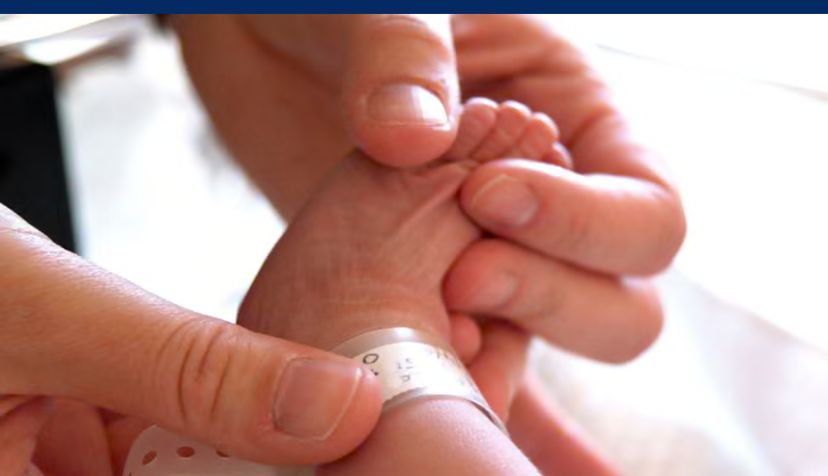The fertility rate in England and Wales has reached a record low, marking the third consecutive year of decline, according to newly released figures from the Office for National Statistics (ONS).
In 2024, the total fertility rate which represents the average number of live children a woman is expected to have over her lifetime fell to 1.41, down slightly from 1.42 in 2023. This is the lowest figure since records began in 1938.
This drop occurred despite a slight 0.6% increase in the total number of live births in 2024. The ONS also noted a 14% rise in the number of babies born to fathers over the age of 60. However, this increase in births was outweighed by the overall growth in the adult population, resulting in a lower fertility rate. Since 1938, this pattern of births rising while fertility rates fall has only happened six times, four of which have occurred since 2011.
Head of population health monitoring at the ONS, Greg Ceely explained that the overall decline in fertility has been ongoing since 2010. Although 2024 saw the first year-on-year increase in births since 2021, population growth meant that fertility rates continued to fall to new lows.
The trend of parents having children later in life also continued. In 2024, the average age of mothers rose to 31 and of fathers to 33.9, both up by 0.1 years from the previous year. Over the last 20 years, the average age has increased by two years for mothers and just under two years for fathers. Regionally, mothers in London were the oldest on average, at 32.5 years, while those in the north-east were the youngest, at 30.
Mothers having their first child were, on average, younger than those having subsequent children. The average age for a first-time mother was 29.4, compared to 31.8 for a second child, 32.9 for a third, and 33.9 for a fourth, indicating that larger gaps exist between a first and second child than between later births.
Fertility rates fell across all age groups under 30 for both mothers and fathers, with the largest decrease among those aged 25 to 29. In contrast, fertility rates rose for mothers aged 30 to 39 and for fathers aged 35 to 39. There were also notable increases among older fathers, especially those aged 50 to 54 and over 60. Fathers in their 40s, however, saw a slight decline.
Regionally, most areas continued to see declining fertility rates, with two exceptions: the West Midlands, which rose from 1.56 in 2023 to 1.59 in 2024, and London, which increased from 1.33 to 1.35. The north-west remained unchanged, while all other regions experienced declines. Luton recorded the highest fertility rate at 2, while the City of London had the lowest at just 0.32.
The continued decline in fertility has prompted concern among politicians, particularly in relation to long-term demographic and economic impacts. In July, Education Secretary Bridget Phillipson warned that the falling birthrate could have “worrying repercussions” and expressed a desire to make it easier for women to have children. A fertility rate of around 2.1 is generally required to maintain a stable population in the absence of migration.



